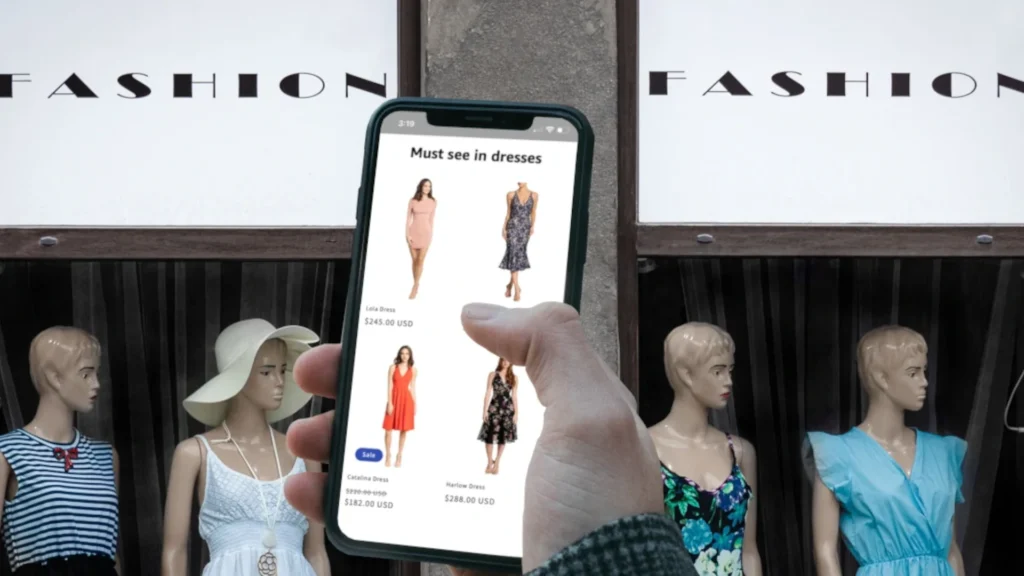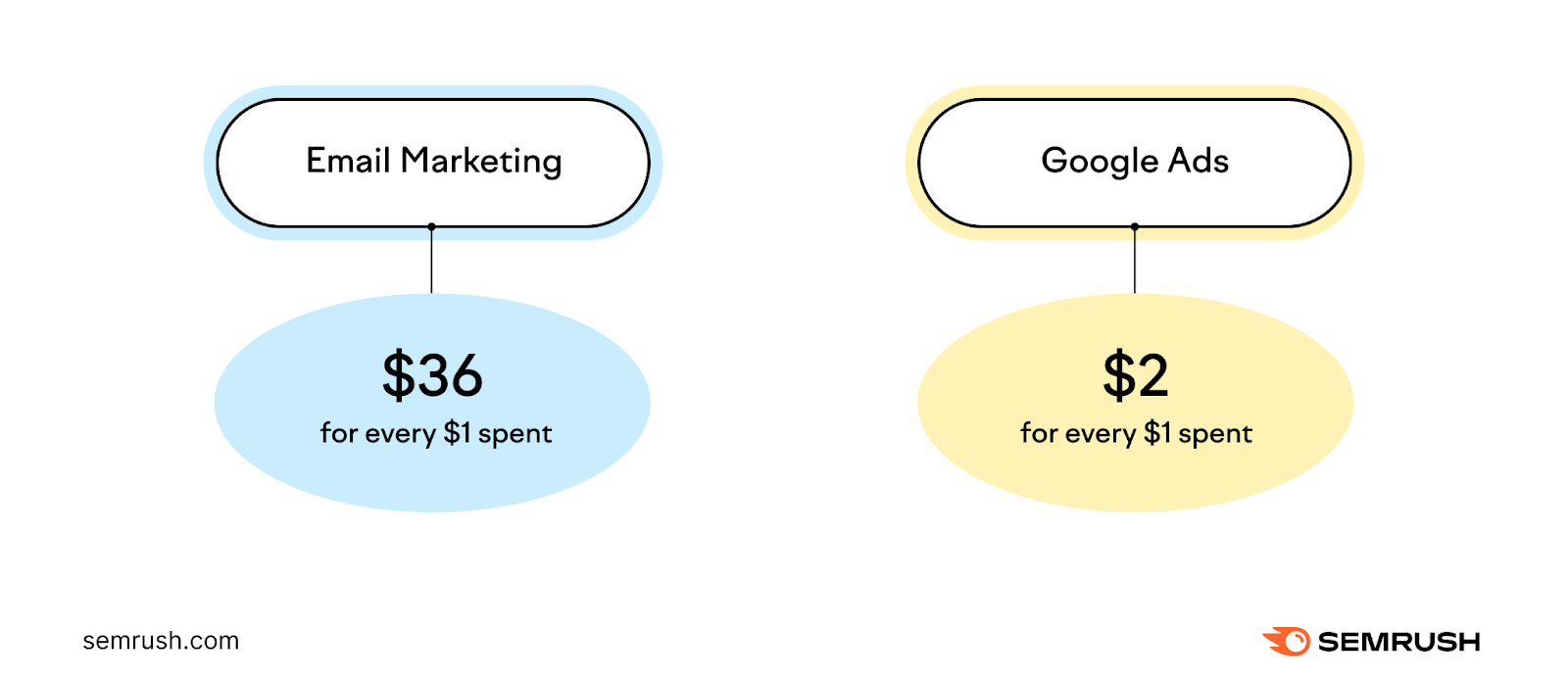How to Drive Email Marketing Revenue Growth with Product Recommendations

Summary
Conventional ecommerce marketing strategies are not aging well, forcing email marketers to rapidly retool their setup and skillset. This post highlights the importance of product recommendations in email marketing.
The business case for eCommerce email marketing continues to be compelling.
Even though it’s one of the oldest forms of ecommerce marketing, ecommerce email marketing still delivers the highest ROI for online store owners that adopt it correctly:
-
-
- Low customer acquisition cost
- Ability to drive traffic to the online store
- Increased brand loyalty and repeat sales
- Connecting with customers on a deeper level
- Identifying the prospects most likely to convert
- Delivering personalized messages
- Gaining further insights into your audience
- Re-engaging dormant or inactive customers
- Tracking the results in real-time
-
Above all, email is an owned media marketing channel where you have control over your list and the content you share. You don’t depend on third-party algorithms to reach your audience, as is the case with organic search, social media, or paid ads.
Unlike Google ads that generate $2 for every $1 spent, companies see an average return of $36 for every dollar spent on email marketing, according to Statista.
Email marketing and Google ads spend

Ecommerce world is rapidly changing
The entire economy is experiencing a phase shift driven by AI and the widespread availability of data. These rapid changes are reshaping ecommerce email marketing:
-
-
- A new breed of email marketing tools, such as Klaviyo and Braze among many others, is enabling advanced audience segmentation, testing, and ecommerce-specific features.
- Advanced data analytics are being employed.
- AI-driven segmentation and personalization algorithms are being developed.
- Techniques for anonymous visitor identity capture are improving.
-
These new capabilities are leading to a better customer experience, more engagement, and ultimately, increased sales.
As a result, email marketers must modernize their email marketing setups to fully capitalize on these advancements.
Quest for email relevancy
People don’t know what they want until you show it to them,’ Steve Jobs once said.
Likely, he was not referring to the email I recently received announcing a clearance sale on mullet putters. Yet, in an instant, I knew there was nothing I wanted—and, frankly, deserved—as much as a new mullet putter.
This is the magic—or perhaps the audacity—of ecommerce email marketing.
However, this magic only works if the emails recommends products that genuinely appeal to the recipient.
The big challenge is how to tap into what consumers want even before they know they want it.
Conventional Marketing: Segmentation
The time-honored method of connecting with buyers is through segmentation.
While there are a near-infinite number of segments you can create based on a customer’s existing behavior, Shopify identifies five essential buckets marketers can start with first when outlining the customer lifecycle:
Segment 1: New subscribers:
The goal with brand new subscribers is to build trust, introduce products, and get them to make their first purchase.
Segment 2: One-time buyers:
Due to high customer acquisition costs, it’s only on repeat purchases that online brands generate profits. Unfortunately, 80% to 90% of a typical brand’s shoppers are single-purchase, marginally profitable customers. One way to make more money is a campaign that delivers an offer on a product related to the product that was just purchased.
Segment 3: VIPs:
Your “whales” are those customers who make large or consistent purchases from you. These customers are worth a lot and, better yet, they rarely require discounts to come back. To keep engaging these customers, brands should run targeted email campaigns that court them and keep them buying.
Segment 4: Defecting customers
While these folks might have been enthusiastic customers at one point, for one reason or another, they aren’t now. When a customer is slipping away, to potentially never purchase again, offering discounts to win them back can make financial sense.
Segment 5: Cart abandoners
Once a cart abandonment campaign is in place, it’s good practice to test a series of emails that goes out over two weeks. Start with gentle reminders, then, if they don’t work, move on to greater incentives, like discounts. You’ll find that many of your recovered carts return before the discounts are even required.
Product Led Growth: Product Recommendations
One of the most challenging aspects of every email campaign is predicting which products or collections will resonate most with the target audience.
With that in mind, email marketers often play it safe by promoting best-selling or most popular products to minimize risk.
This doesn’t help with brand development nor sustainable revenue growth.
Ecommerce Pulse addresses this challenge by leveraging AI algorithms to model how shoppers engage with products in your online store.
It automates the data analysis process, identifying improvement opportunities and recommending actionable steps. Additionally, it provides a list of products generated by AI algorithms that optimize multiple performance metrics.
The Best Part: It’s Non-technical.
With Email Pulse, it’s like shopping for the perfect recommendations, which you can then seamlessly integrate into your email as a ready-to-use HTML product recommendation block. Simply copy and paste it into your email.
This feature eliminates the technical complexity of incorporating specific products into your emails, enabling you to enhance your messages with an e-commerce-like experience where shoppers can discover products of interest directly within your email.
Conclusion
Although the Ecommerce Email Marketing is one of the oldest marketing methods in ecommerce, it shill has a lot of room to grow.
One of the least explored avenues of email marketing revenue grow are product recommendations.
You don’t need to build your product recommendations program from scratch. Email Pulse enables you to effortlessly lay the foundation for your future growth with instant access to AI generated product recommendations.
Click here to activate Email Pulse, instantly grade your email marketing performance, and discover the product preferences of your target audiences.



